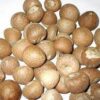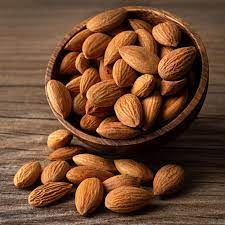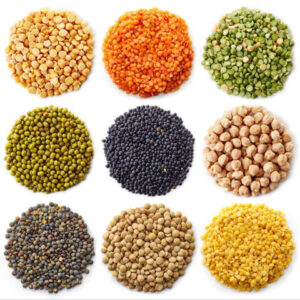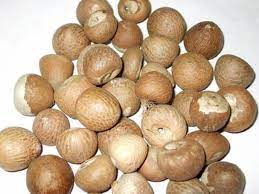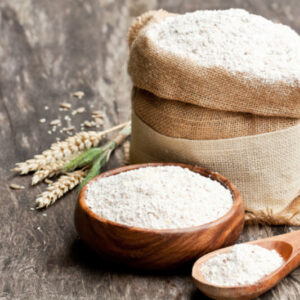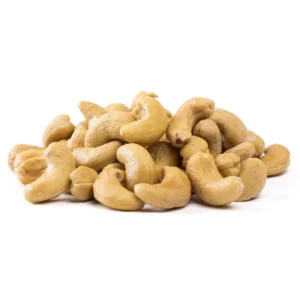The almond (Prunus amygdalus, syn. Prunus dulcis) is a species of tree native to Iran and surrounding countries, including the Levant. The almond is also the name of the edible and widely cultivated seed of this tree. Within the genus Prunus, it is classified with the peach in the subgenus Amygdalus, distinguished from the other subgenera by corrugations on the shell (endocarp) surrounding the seed.
The fruit of the almond is a drupe, consisting of an outer hull and a hard shell with the seed, which is not a true nut. Shelling almonds refers to removing the shell to reveal the seed. Almonds are sold shelled or unshelled. Blanched almonds are shelled almonds that have been treated with hot water to soften the seedcoat, which is then removed to reveal the white embryo. Once almonds are cleaned and processed, they can be stored over time. Almonds are used in many food cuisines, often featuring prominently in desserts, such as marzipan.
The almond tree prospers in a moderate Mediterranean climate with cool winter weather. California produces over half of the world’s almond supply. Due to high acreage and water demand for almond cultivation, and need for pesticides, California almond production may be unsustainable, especially during the persistent drought and heat from climate change in the 21st century. Droughts in California have caused some producers to leave the industry, leading to lower supply and increased prices.
The almond is a deciduous tree growing to 4–12.2 metres (13–40 feet) in height, with a trunk of up to 30 centimetres (12 inches) in diameter. The young twigs are green at first, becoming purplish where exposed to sunlight, then gray in their second year. The leaves are 8–13 cm (3–5 in) long, with a serrated margin and a 2.5 cm (1 in) petiole.
The flowers are white to pale pink, 3–5 cm (1–2 in) diameter with five petals, produced singly or in pairs and appearing before the leaves in early spring. Almond grows best in Mediterranean climates with warm, dry summers and mild, wet winters. The optimal temperature for their growth is between 15 and 30 °C (59 and 86 °F) and the tree buds have a chilling requirement of 200 to 700 hours below 7.2 °C (45.0 °F) to break dormancy.
The seeds of Prunus dulcis var. dulcis are predominantly sweet but some individual trees produce seeds that are somewhat more bitter. The genetic basis for bitterness involves a single gene, the bitter flavor furthermore being recessive, both aspects making this trait easier to domesticate. The fruits from Prunus dulcis var. amara are always bitter, as are the kernels from other species of genus Prunus, such as apricot, peach and cherry (although to a lesser extent).
The bitter almond is slightly broader and shorter than the sweet almond and contains about 50% of the fixed oil that occurs in sweet almonds. It also contains the enzyme emulsin which, in the presence of water, acts on the two soluble glucosides amygdalin and prunasin yielding glucose, cyanide and the essential oil of bitter almonds, which is nearly pure benzaldehyde, the chemical causing the bitter flavor. Bitter almonds may yield 4–9 milligrams of hydrogen cyanide per almond and contain 42 times higher amounts of cyanide than the trace levels found in sweet almonds. The origin of cyanide content in bitter almonds is via the enzymatic hydrolysis of amygdalin. P450 monooxygenases are involved in the amygdalin biosynthetic pathway. A point mutation in a bHLH transcription factor prevents transcription of the two cytochrome P450 genes, resulting in the sweet kernel trait.

